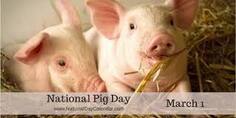 Not knowing what story to embark on for this week, I turned to the internet for guidance. Although I have tens of thousands of subjects at my ready disposal, I searched to see what “national day holiday” it happened to be. You know what I’m talking about here, as it seems there is a day for everything: National Garlic Day, National Bike to Work Day, National Bathtub Racing Day, National Milk Day, and even one that hits so close to home, National Anthem Day on March 3rd. (If you’re curious to learn more check out the website: https://nationaldaycalendar.com/ ). Well, on the particular day I performed this task, March 1st, I was surprised to learn that it was National Pig Day. When it comes to pigs, Mount Olivet has a bit of history along these lines. First off, William T. Duvall (1813-1886), Mount Olivet’s first superintendent, actually raised hogs in a pen on the premises. I also stumbled across a few old prominent Frederick families having names that could be stretched to relate to swine terms, but certainly that is where these connections end. Mount Olivet has three graves associated with the Pigman family who were originally buried in the All Saints’ Church burying ground (once located downtown off E. All Saints Street). Meanwhile, the cemetery boasts ten members of a family having the last name of Hogg. Last year, I even wrote about a few members of the Bacon family interred here. Well, when I started thinking about pigs on the property, I wondered about their role here, but found it was nothing more than a notch in the food chain, especially prevalent in the annals of breakfast side items ranging from bacon to sausage to scrapple. My family is originally from Delaware, so I prefer to use the term scrapple instead of the Pennsylvania Dutch names of Pannhaas, Pon haus, Krepples or “pan rabbit.” My Dad always took great pride in pointing out the RAPA Scrapple plant on trips to and from the beach (via DE 404) when I was a kid, as it is located (and still operating) in Bridgeville, Delaware— and since 1926. An additional tip if traveling through this Sussex County crossroads, the town’s slogan is “Bridgeville, Delaware: If you lived here, you’d be home now.” Let’s just call that food for thought. My brothers and I always delighted in asking my Dad what actually went into making scrapple (as in, what part of the pig)? His patented answer: “Everything but the squeal.” For those not familiar with this delicacy, it’s considered a mush, and when I looked to find the true ingredients to relay here for you, I became slightly lightheaded. Like they say, “Some things are better left unsaid.” Hey, I read Upton Sinclair’s The Jungle back in high school, and decided that the meat processing business was not a career for me. However, I am so thankful that others have pursued it, typified by the time-honored profession of butcher. One such here in Frederick's past was George Washington Abrecht, who is buried in Area G/Lot 212) Here in Frederick, we have had many talented butchers since our town’s founding in 1745. I’m sure we’ve also had some average, and not so talented meat cutters as well. Many of these folks are buried here in our cemetery. So, in honor of National Pig Day, I’d like to dedicate this story to one of this profession who rests in peace, not pig, in Area U/Lot 10. His name was Harry Diehl Baumgardner, Sr. and he possessed great talents in readying meat for public consumption, both locally and regionally. After gaining a reputation as one of the leading butchers of Frederick City, Mr. Baumgardner is credited for his business acumen in helping Frederick gain its first large “abattoir.” In case you haven’t heard this term before, it sounds delightfully exotic and appealing, right? Well, that is until you find out that this word, derived from French, is another moniker for "slaughterhouse," and first used around 1809. I certainly wasn't going to title this article, “The Slaughterhouse’s Founder” as I would have scared half of you away! Harry Diehl Baumgardner Harry Diehl Baumgardner was born in Frederick on August 31st, 1868, the son of John F., and Fannie E. (Sinn) Baumgardner, of Frederick. His father came with his parents from Germany, arriving in Frederick in 1843. John Baumgardner was a self-made man, who served as a role model to Harry and his six siblings. He demonstrated how hard work and perseverance could lead to great things in his adopted new home of Frederick. This gentleman became one of the county’s most prominent citizens, operating a highly-successful junk operation in town, and later serving as superintendent and general manager of the Frederick Brick Works, a business he helped organize and incorporate in 1891. You will see that “the (proverbial) apple, didn’t fall far from the tree. I regularly reference T.J.C. William’s History of Frederick County in this Stories in Stone blog series. Originally published in 1910, this is a two-volume set, the latter of which includes biographies of hundreds of county residents. On page 1492, the reader will learn the following about our subject Harry Diehl Baumgardner: Mr. Baumgardner secured his elementary education in the Frederick College. He finished his studies at Eaton & Burnett’s Business College of Baltimore, Md. Upon the completion of his education, he returned to Frederick and became general manger of the junk business of his father, who is the largest dealer of this kind in Western Maryland. Mr. Baumgardner, by his excellent conduct, has aided much in the success of the undertaking. Since 1888, he has been engaged in the wholesale and retail oyster business as a side line, and has acquired a large trade. In 1905, he embarked in the butchering business. He purchased a house and shop between Fifth and Sixth streets from his uncle. At a cost of $4,000, he erected an up-to-date and modern slaughter shop, which is the finest place of its kind in Frederick. His meat market is located on North Market Street and he has also met with success in this line of trade. Mr. Baumgardner is a progressive man and has been one of the foremost workers to organize a stock company to erect an abattoir on a site about a half mile east of Frederick. Here, all the butchers of Frederick would have their stock killed and the slaughtering would be done outside the town limits. Mr. Baumgardner is as versatile as he is successful in business affairs. He also deals in real estate and his operations have brought him substantial returns. He is the owner of several fine houses in Frederick. In politics, Mr. Baumgardner votes for the candidates of the Democratic party. He is a member of Mountain City Lodge, No. 29, Knights of Pythias, and the Improved Order of Red Man, both of Frederick. He is affiliated with the Evangelical Lutheran Church of Frederick. Mr. Baumgardner was married to Margaret L. Whisner, daughter of Michael and Margaret Whisner, of Frederick City. Six children have been born of this union, namely: Ralph A., Fannie E., Harry D. Jr., Margaret L., Carlton A., and Catherine E. Harry Diehl Baumgardner would have three additional daughters: Edith V., Lucille D., and Daisy Mae. He lost his wife in 1927 but still remained active in community business and civic affairs until his death on November 20th, 1944. Harry Diehl Baumgardner was buried in Mount Olivet’s Area U/Lot 10, adjacent to the Babyland section, and next to wife, Margaret who had died back in 1927. Son Harry Diehl Baumgardner, Jr. (1898-1976) can also be found buried in this lot. For many years he served as manager of the Sanitary Grocery Company's store located at 242 N. Market Street. Back to the crowning achievement of Mr. Baumgardner. The Frederick Abattoir joined the agricultural industries of Frederick in 1910. Touted as a centralized facility for stock butchering, the large complex was constructed outside the city limits, segregating its odorous and potentially unhealthful business from the commercial and residential city center. The location once stood within the 800 block of East South Street between intersections with Franklin Street and today’s Monocacy Boulevard. A Maryland Historical Trust survey found online for this property (F-3-222 Frederick City Abbatoir Company) added that Baumgardner's plan for the abattoir appears to have begun in 1907 with his purchase of a 22-acre site on East South Street from the M.J. Grove Lime Company. In December 1910, Baumgardner sold the property to the Frederick City Abattoir Company for $5,000, indicating the facility may have been under construction.  In 1917, the property was sold to a Virginia corporation known as the Old Dutch Market, which owned a chain of grocery stores in Washington DC and Richmond. Included in the sale of 22 acres was the "Abattoir plant, machinery, fittings and equipment thereon," as well as "all its brands, copy rights and trademarks, and all its rights to use the same, of and concerning all the brands and grades of goods manufactured or sold by it." The Old Dutch Market company became the Old Dutch Realty Development Company in 1920, and apparently developed their industrial property in Frederick. In 1927, the property was sold to Frederick County Products Incorporated for a whopping $72,500.90. The Frederick County Products Company apparently purchased livestock from local farmers, then slaughtered and packaged their product for sale in urban markets. Many Frederick memorabilia collectors around town, including myself, own packaging from the signature “Blue Ridge” trademarked brand produced by the company. The business continued operating into the 1970s, and was commonly known as the livestock auction. In 1979 the property was sold to P. Eugene and Mildred Romsburg, who owned it for 20 years. Most recently the buildings, and approximately three acres, were sold to Wolfe Family LLLP, who operated a Flea Market in the building and leased other sections to local companies. The structure at 809 East South St was demolished a few years back. It's likely that many readers drove by it regularly, never having a clue to it's meaty history. Now you know the rest of the story. I figured I'd end with a few porcine-related quotes: "Well-being and happiness never appeared to me as an absolute aim. I am even inclined to compare such moral aims to the ambitions of the pig." -Albert Einstein "A pig resembles a saint in that he is more honored after death than during his lifetime." -Irma S. Rombauer "Today's pig is tomorrow's bacon!" Hunter S. Thompson Special thanks to my talented assistant Sylvia Sears for bringing this story to my attention and conducting research to boot! Below is an additional newspaper article describing the building of the Frederick City Abattoir. Warning, read at your own risk as it is a tad bit graphic, and certainly not for the squeamish.
3 Comments
Johnbare
3/7/2021 09:43:04 am
I enjoyed your piece on the abitiore , however to my memory, the building was never owned by the Wolfe family but was sold to the Rudy family by the Romsburgs. Wolfe’s owned the property just east of the building where they had an asphalt plant.
Reply
Deberah Blair
3/9/2021 02:40:54 pm
If you are from North Carolina in the mountain regions Scrapple is called Liver Mush. They are a few companies that make it one is in my dad's hometown of Marion in Mcdowell county
Reply
Robert Jiranek
11/15/2023 03:01:49 pm
Is there a record of a cattle slaughterhouse with a name close to SK-Sluder in Baltimore?
Reply
Leave a Reply. |
STORIES
|
Archives
July 2024
June 2024
May 2024
April 2024
March 2024
February 2024
January 2024
December 2023
November 2023
September 2023
August 2023
July 2023
June 2023
May 2023
April 2023
March 2023
February 2023
January 2023
December 2022
November 2022
October 2022
September 2022
August 2022
July 2022
June 2022
May 2022
April 2022
March 2022
February 2022
January 2022
December 2021
November 2021
October 2021
September 2021
August 2021
July 2021
June 2021
May 2021
April 2021
March 2021
February 2021
January 2021
December 2020
November 2020
October 2020
September 2020
August 2020
July 2020
June 2020
May 2020
April 2020
March 2020
February 2020
January 2020
December 2019
November 2019
October 2019
September 2019
August 2019
July 2019
June 2019
May 2019
April 2019
March 2019
February 2019
January 2019
December 2018
November 2018
October 2018
September 2018
August 2018
July 2018
June 2018
May 2018
April 2018
March 2018
February 2018
January 2018
December 2017
November 2017
October 2017
September 2017
August 2017
July 2017
June 2017
May 2017
April 2017
March 2017
February 2017
January 2017
December 2016
November 2016
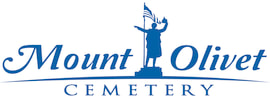
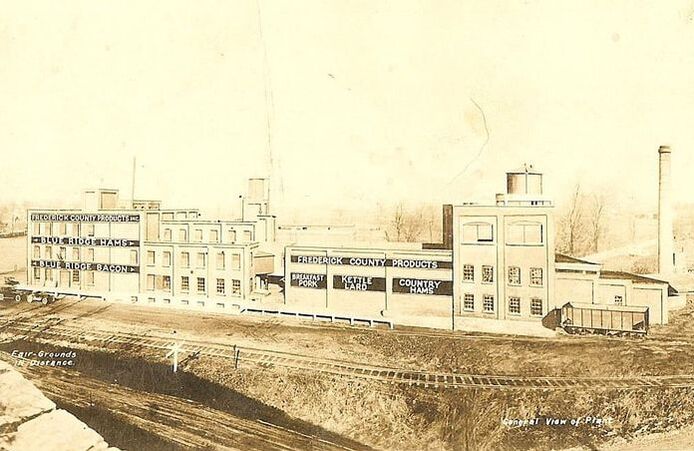
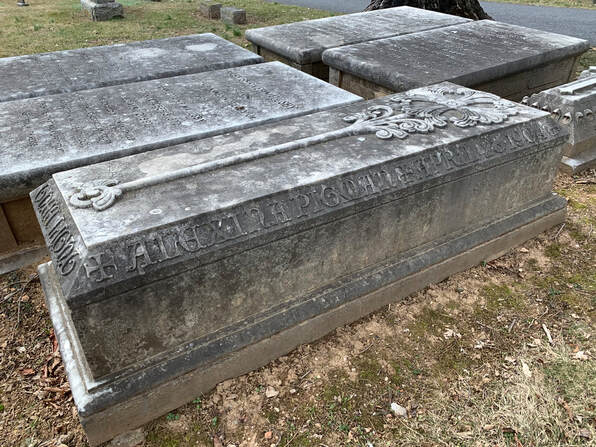
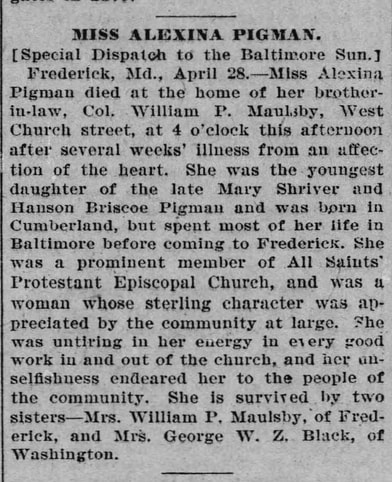
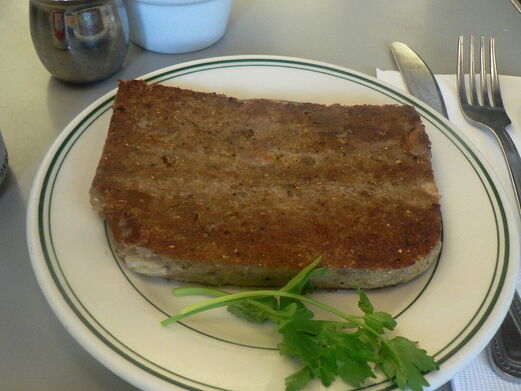
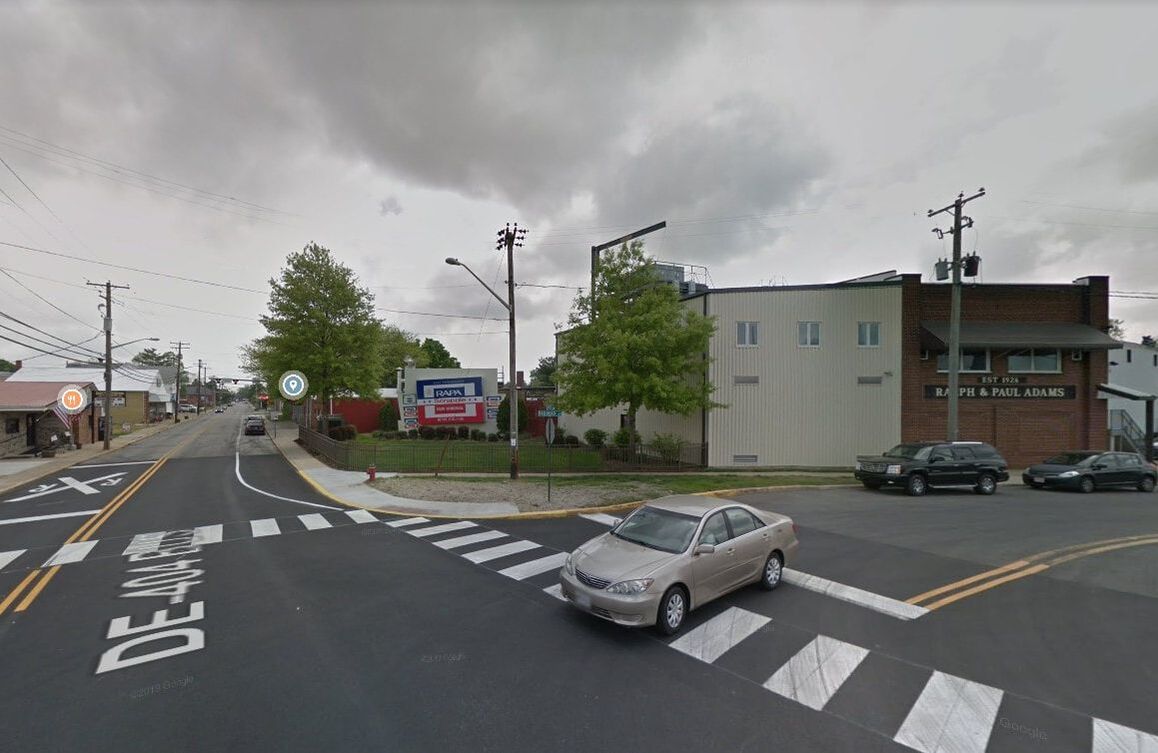
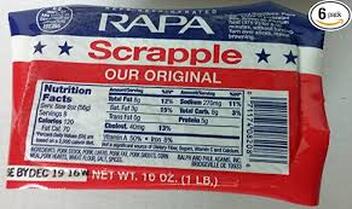
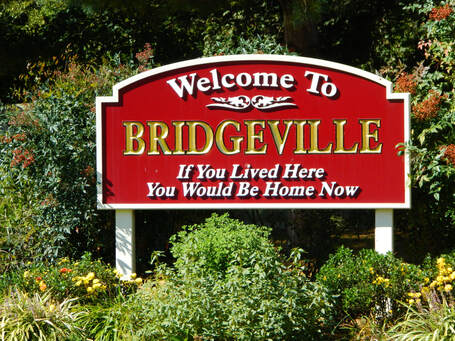
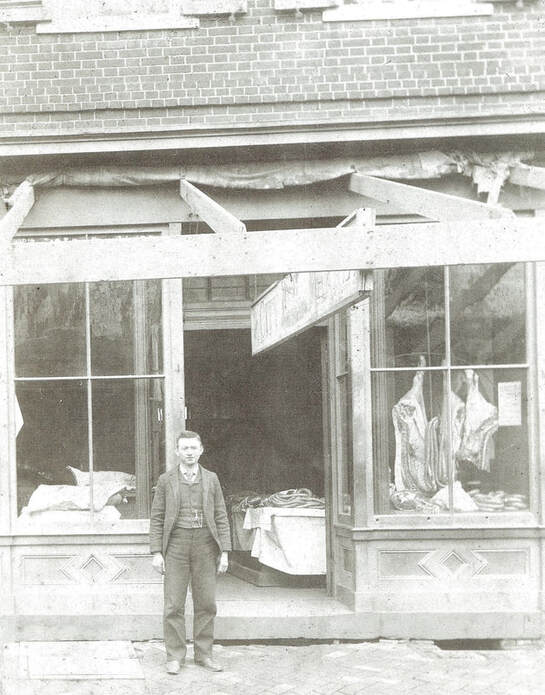
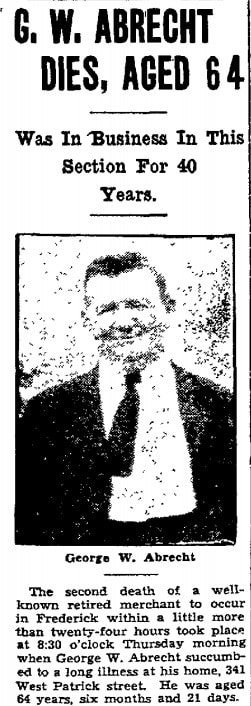
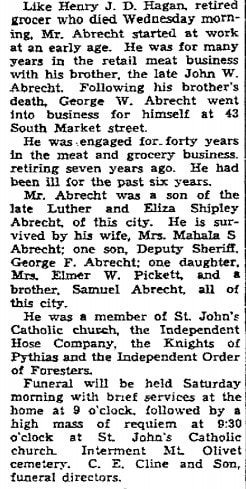
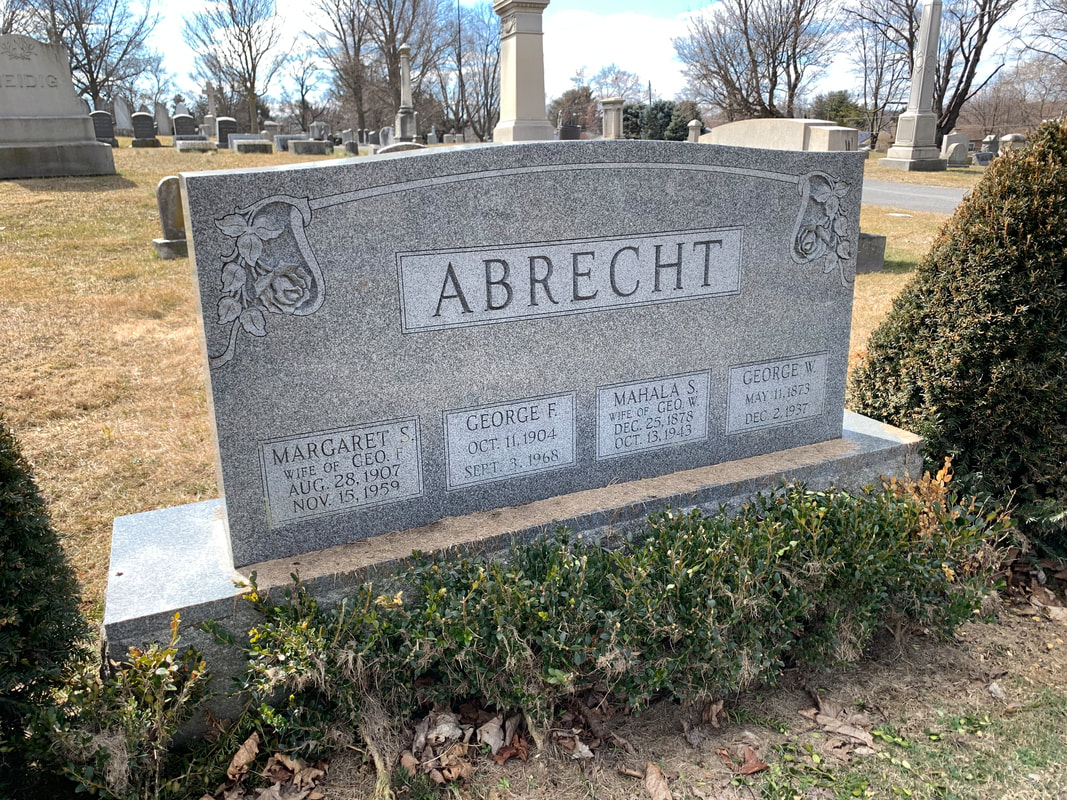
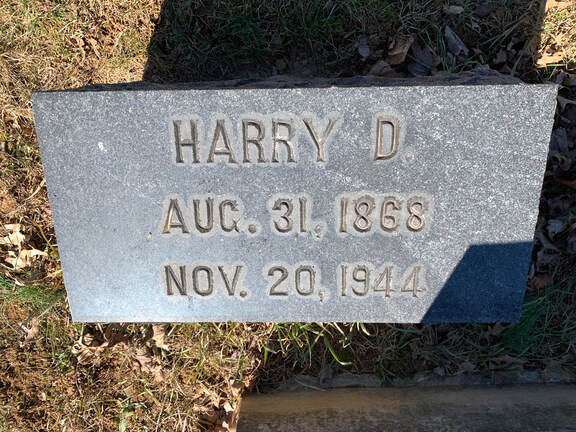
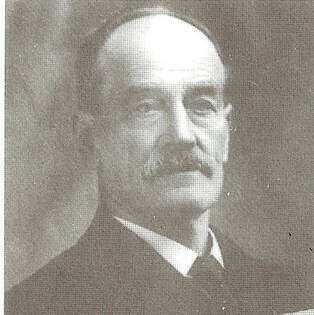
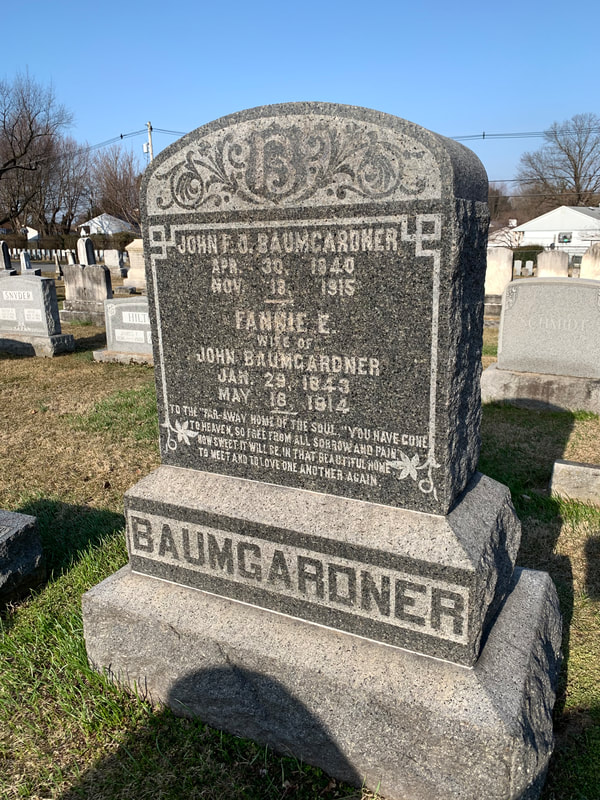

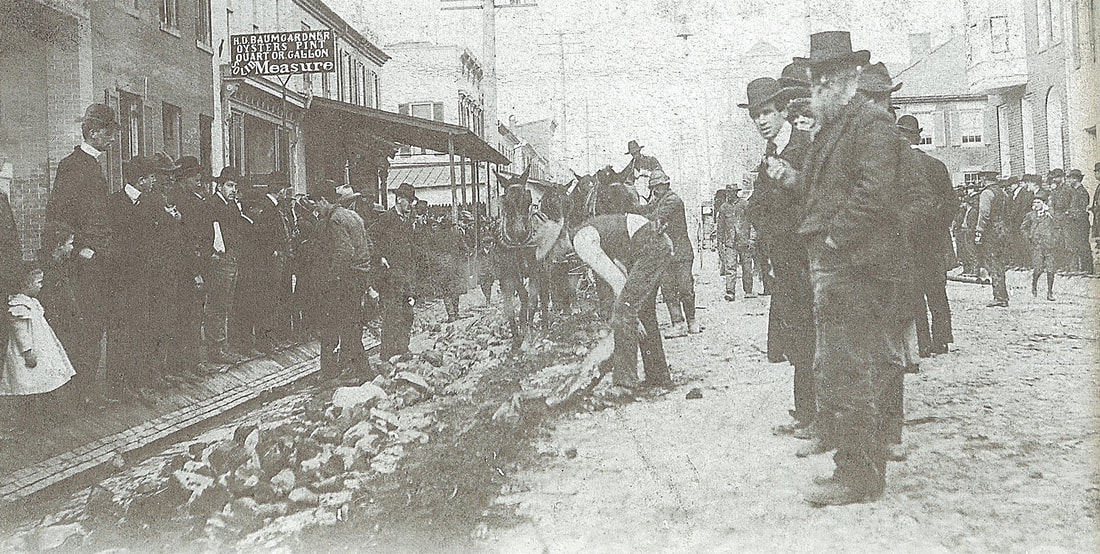
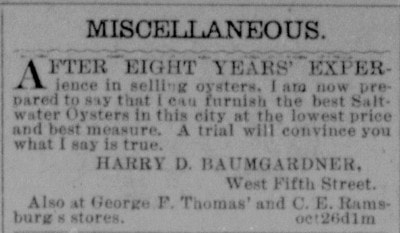
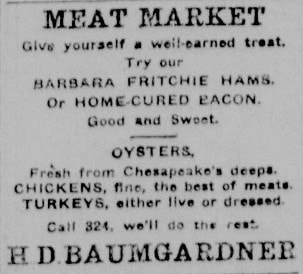


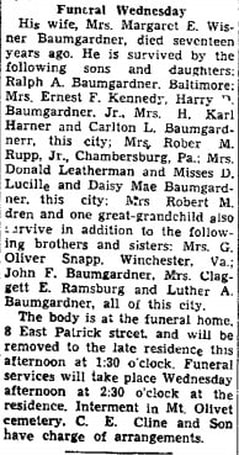
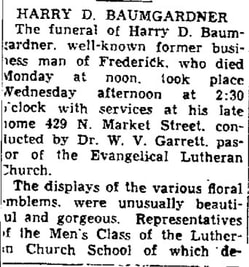
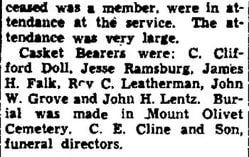
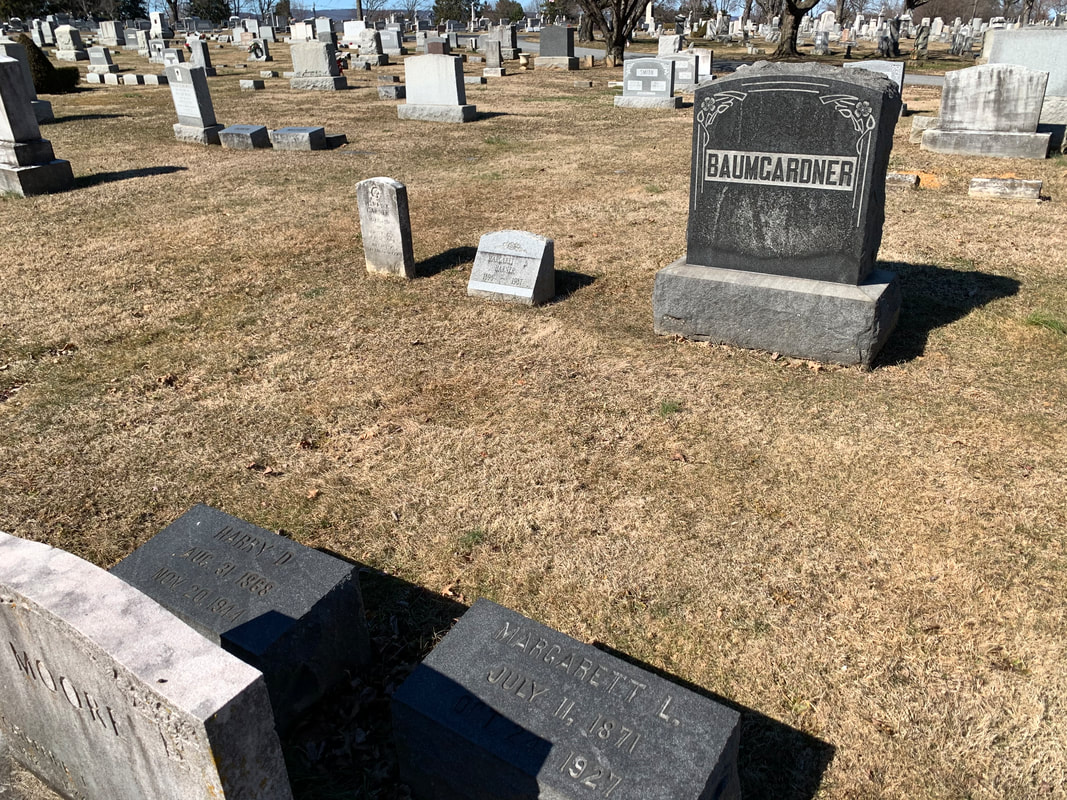
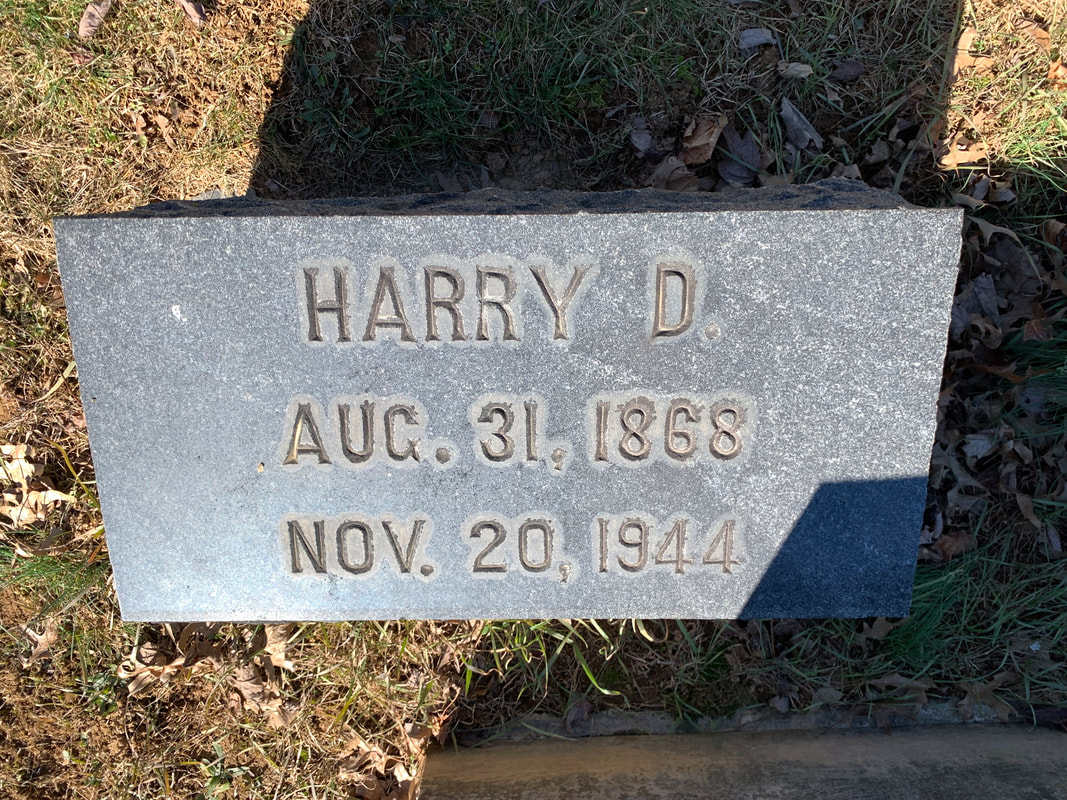
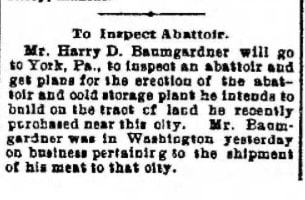
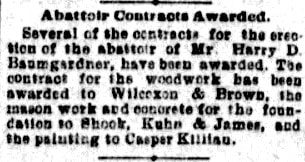
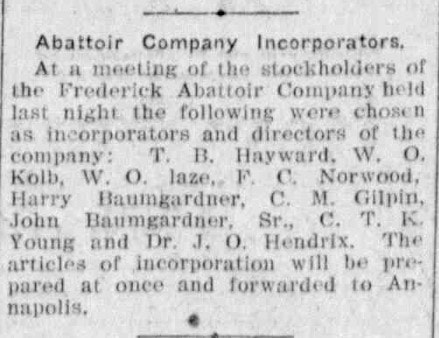
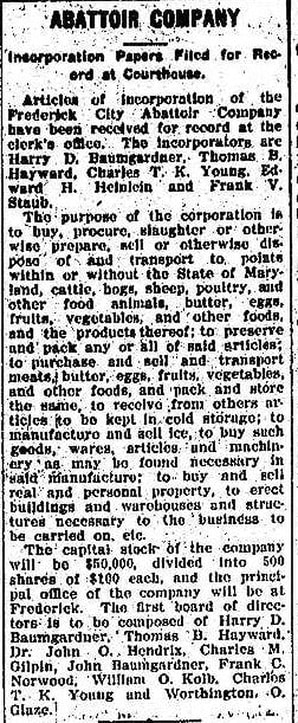
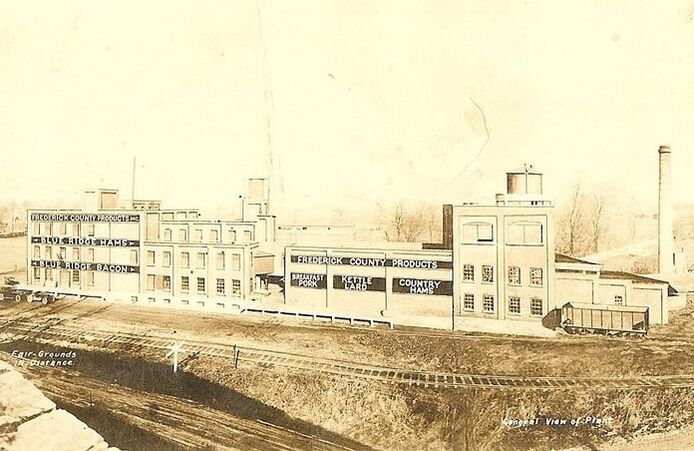
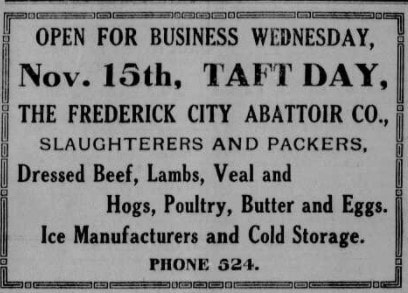
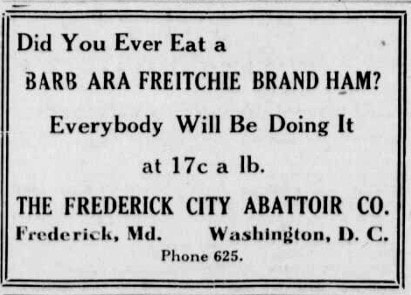
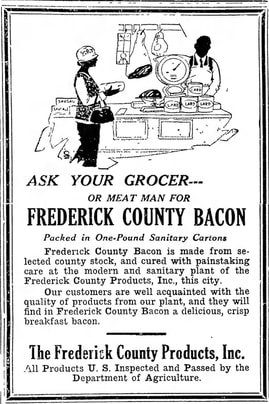
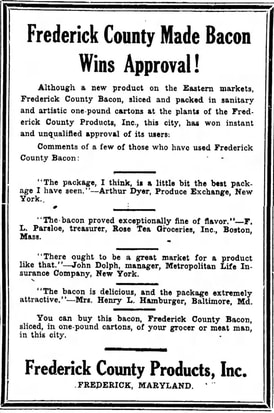
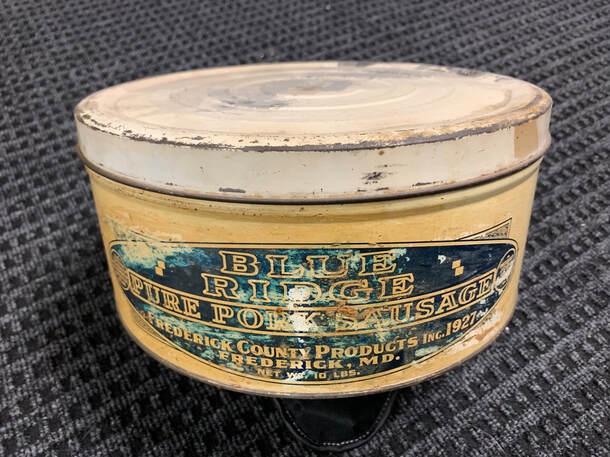
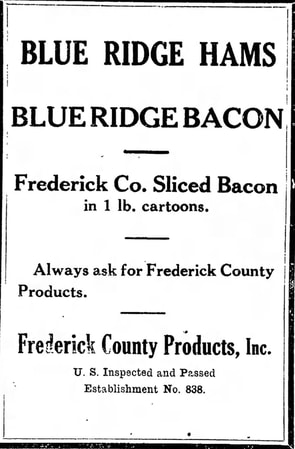
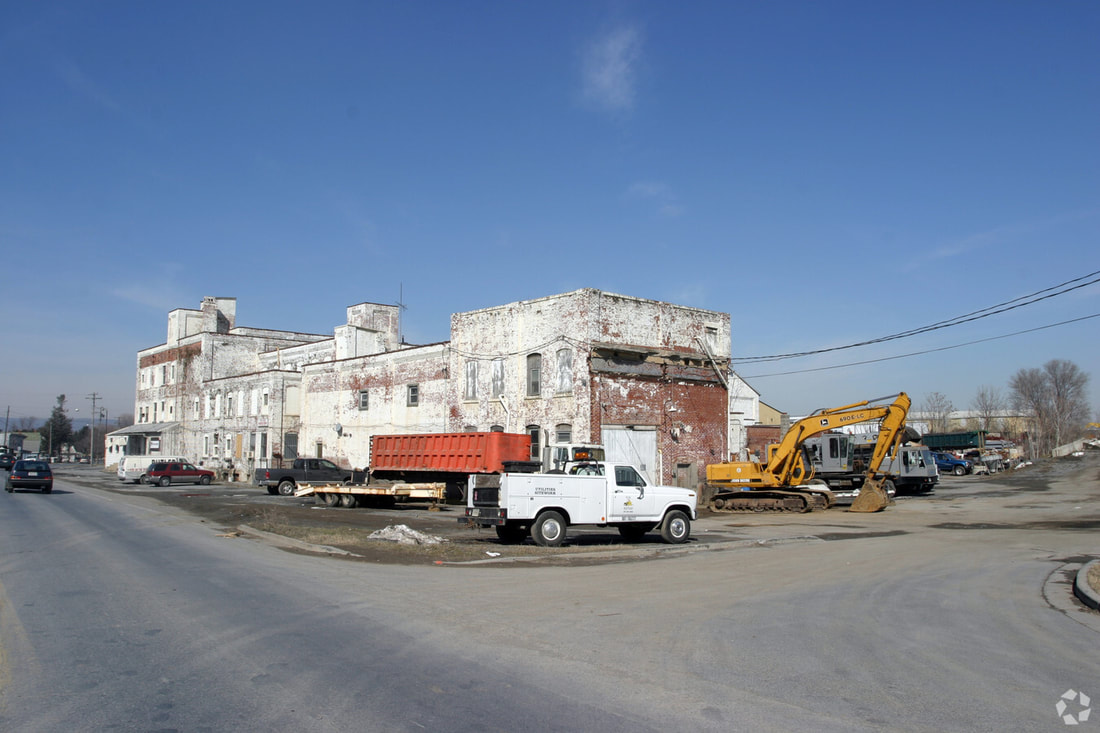
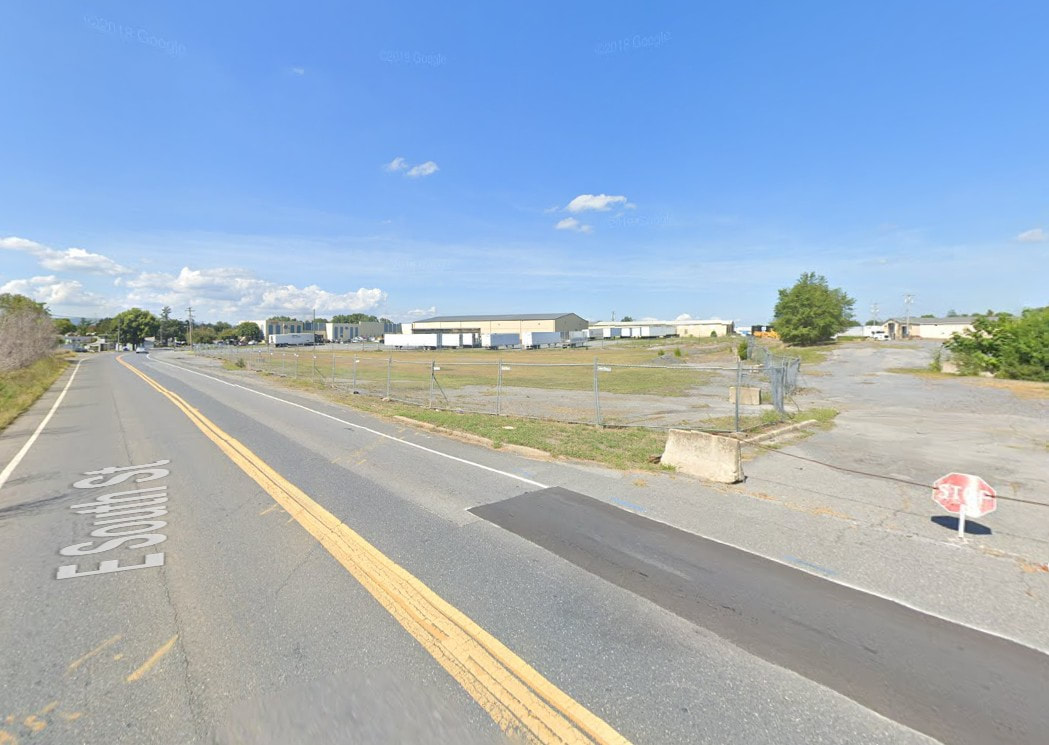
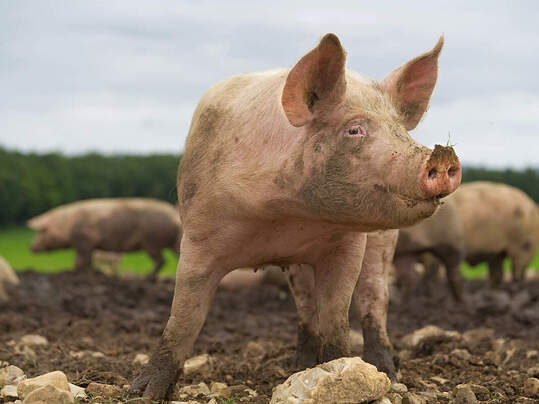
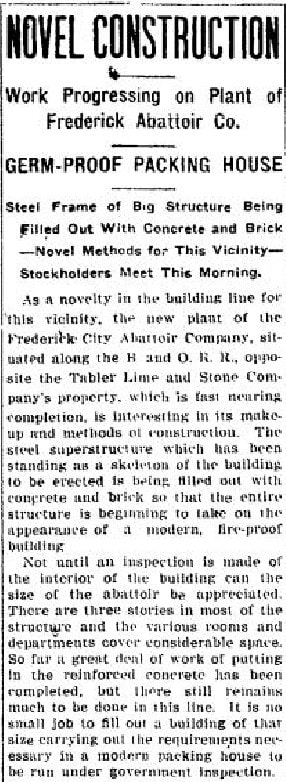
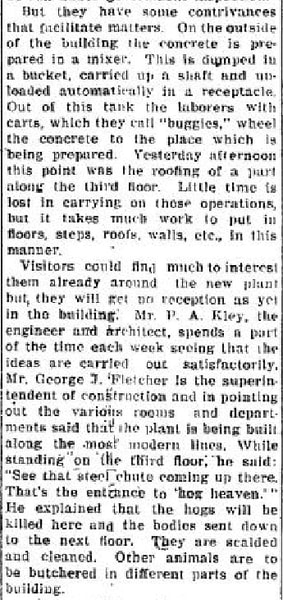
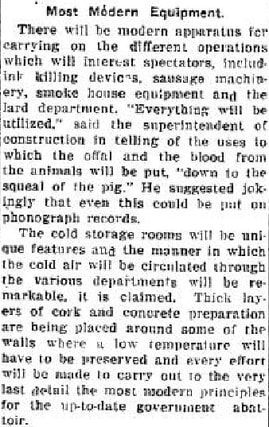
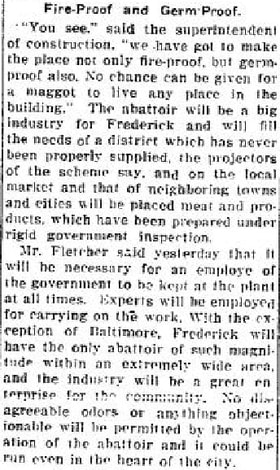
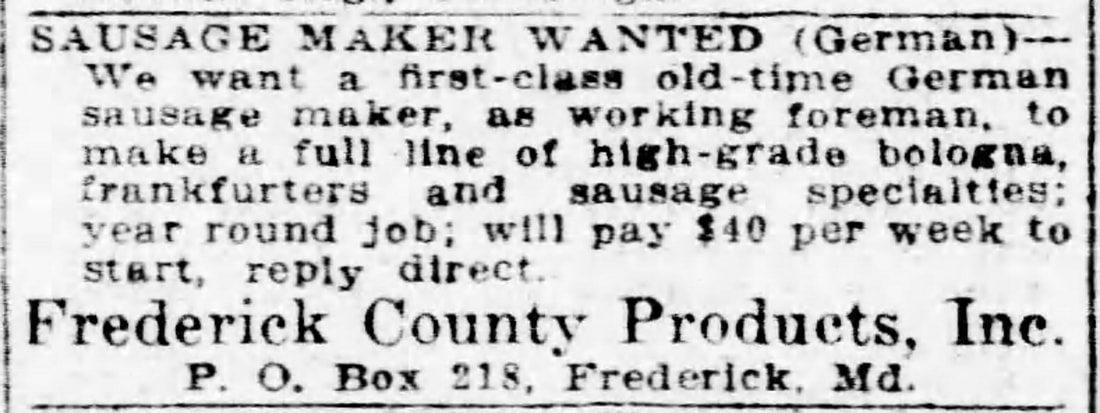

 RSS Feed
RSS Feed